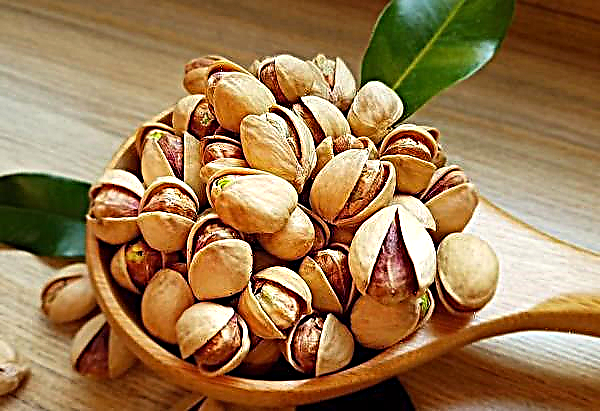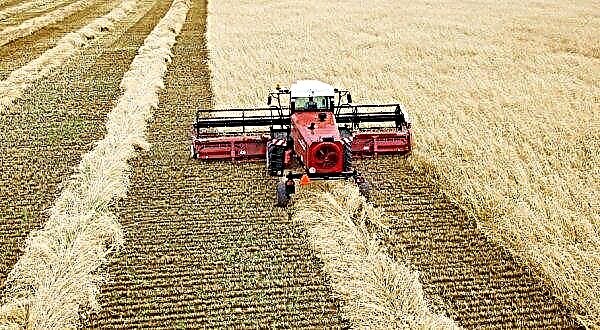Lilies are popular due to their royal appearance. It is especially important to plant a lily in the spring in regions with very frosty winters.

Some varieties of these flowers simply do not withstand low temperatures. Lilies need to be planted in the ground after it warms up and becomes suitable for these purposes. The most appropriate is April. Spring planting is different from autumn and has a number of features. It is recommended to arrange flowers planted in autumn and spring in different places. They need different soil, conditions and care.
In eastern countries, lily bulbs are used for food. They are quite nutritious, sweet in taste and contain a large amount of vitamin C.
Planting material
Beautiful and healthy flowers can be grown only from quality bulbs. They should not have traces of rot, mold or other damage. It is important that the sprouts are strong, whole, not dry, about 5 cm in length.

If you buy planting material in the spring, then choose already with sprouts. You can save the bulbs of your own plants. To do this, in the fall they need to be cleaned well and placed on the bottom shelf of the refrigerator. There they will be at rest for some time, and then processes will appear. If this happens before the time of planting in the soil comes, plant the bulbs in pots for indoor plants.
Did you know? Lily in France was the emblem of royalty.
Also, after planting in the ground, it is recommended to cover the flowers with a cropped plastic bottle. Such a peculiar greenhouse will increase the speed of germination of flowers.
Soil preparation
The main criteria for quality soil for growing lilies:
- loose
- healthy
- alkaline
- moistened

As soon as the snow falls on the site where it is planned to grow lilies, you need to carry out a number of activities:
- Dig a landing area to a depth of about 35-40 cm.
- To bring in fresh soil if there were already plants at this place.
- Equip drainage. For this, gravel, expanded clay and pebbles can be used.
- Fertilize. Give preference to humus and phosphorus-potassium fertilizers.
- Also, it will not be amiss to add pine needles to the ground.
Lilies emit substances that can kill some types of bacteria. In this way, the flowers purify the air.
Seat selection and landing

For lilies, you need to choose a place with good lighting and moderate soil moisture so that there is no drainage water nearby. For each bulb, make a hole, the depth of which should be equal to three bulb diameters. Most often this is about 10 cm. However, it should be borne in mind that the depth of the hole depends on the characteristics of the plant variety and soil. If the ground is light and fluffy, and the lily is tall, the planting depth should be increased. The same situation is with the landing interval: between undersized need to leave about 10-15 cm, and large - 20-30 cm.
Watering
Immediately after planting, lilies need to be well watered. After you should adhere to the watering regime and observe two rules:
- do not overfill;
- do not allow drying out.
Proper watering is the key to beautiful flowering and a strong plant. The slightest mistakes here can lead to the death of the lily or a decrease in its buds. Needles or sawdust added to the soil help to store moisture. Thanks to this secret, water nourishes the bulb for a long time and the earth does not dry out.

For watering, it is worth choosing mainly morning or afternoon hours. pour water under the root so that the drops do not fall on the leaves and do not provoke burns.
There are poisonous varieties of lilies, poisonous pollen and juice.
It is also important to remember that it is not recommended to use manure when growing lilies. There will be no benefit from it, in addition, there is a risk of developing various diseases.












